In The Diagram Where Is The Mastoid Process
Similarly a curved groove known as sigmoid sulcus is present on the inner surface of the bony structure to lodge a part of the transverse sinus. Parts of the maxilla lacrimal ethmoid and sphenoid bones form the medial wall of the orbit.
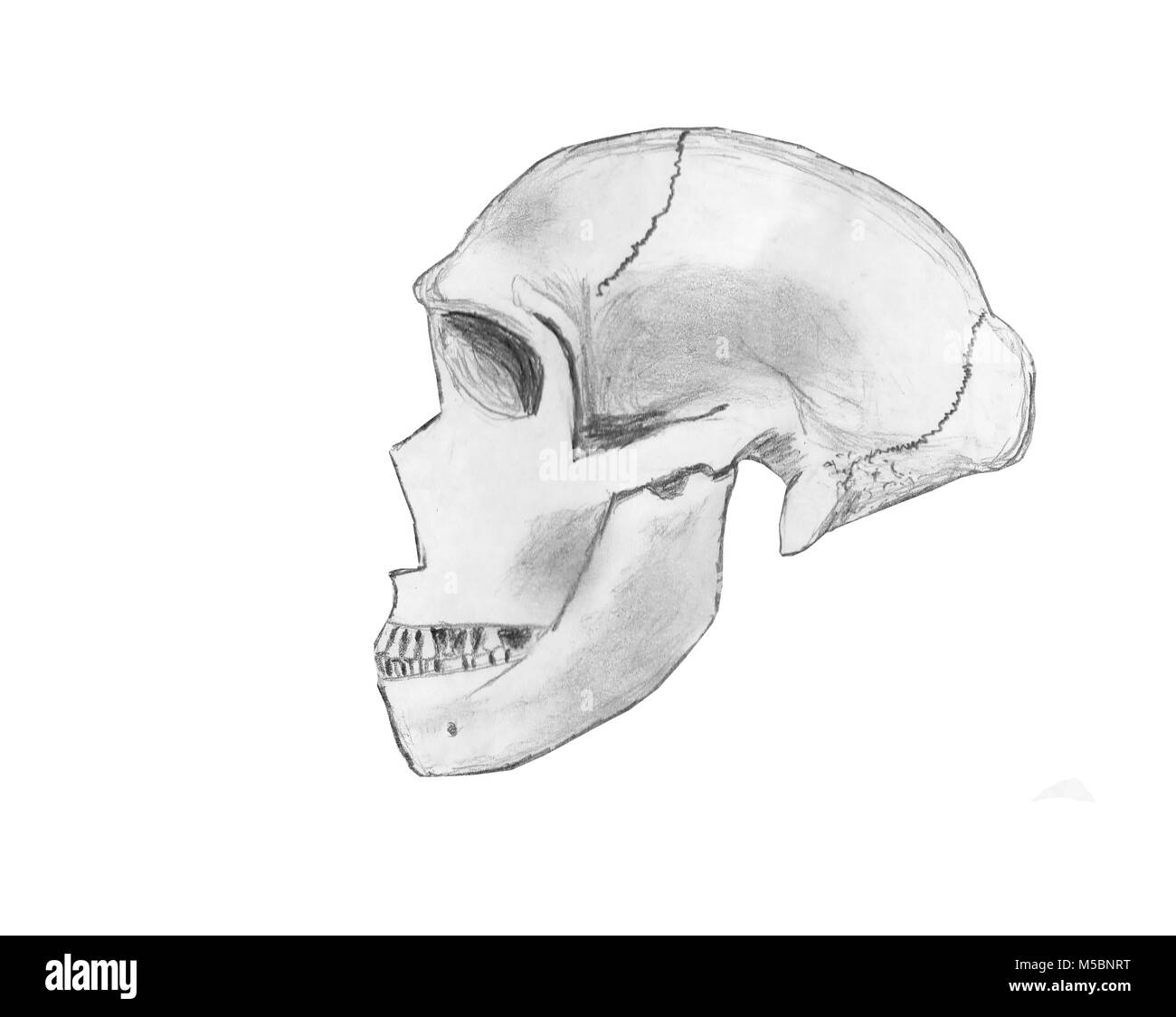 Mastoid Process Stock Photos Mastoid Process Stock Images Alamy
Mastoid Process Stock Photos Mastoid Process Stock Images Alamy
Click now to learn more at kenhub.
In the diagram where is the mastoid process. The air cells are lined by a thin mucous membrane. Ear infections linked to mastoid cells is typically treated with antibiotics. The main function of the mastoid process is to connect your neck muscles to your skull and help regulate pressure in your ear.
Parts of the zygomatic and sphenoid bones form the lateral wall of the orbit. Parts of the frontal and sphenoid bones comprise the roof of the orbit. The mastoid process lying in the mastoid part of the temporal bone in the human skull is a conicalpyramidal projection present each side of the head at the base of the skull.
This article covers the anatomy of the temporal bone its parts connecting sutures and foramina. It is the prominent bony protrusion easily seen behind the earlobes. The mastoid process is part of the temporal bone the large bone that runs along the middle bottom of the skull.
The bone which forms part of the hard palate of the mouth part of the nasal cavity and part of the orbital cavities. The mastoid is a honeycomb of air cells located behind the ear. Structure and landmarks of the temporal bone.
This article covers the anatomy function muscle attachments and clinical aspects of the mastoid process. It is also filled with sinuses or mastoid cells. The mastoid process is located just behind the ear in humans.
The mastoid process serves for the attachment of the sternocleidomastoid the posterior belly of the digastric muscle splenius capitis and longissimus capitis. Small fragile bone making up part of the front inner walls of each eye socket and providing room for the passage of the lacrimal ducts. The mastoid is connected to the part of the ear where the hearing and balance mechanisms are located.
Mastoid notch serves as the site of muscle attachment for the anterior and posterior bellies of the digastrics whose function is to open the mouth 2. The mastoid process is a point of attachment for the sternocleidomastoid muscles of the neck. There is a deep groove on the medial side of the process as well as a shallow furrow called occipital groove which houses the occipital artery.
The mastoid can be affected by diseases such as infection and cholesteatoma. The mastoid process is located just behind the ear canal and lateral to the styloid process. You can locate your mastoid if you place your fingers behind your earlobe.
It is pierced by stylomastoid foramen in front and mastoid foramen is found on its back. The mastoid notch is located medial to the mastoid process. The mastoid process is a small triangular shaped bone that protrudes from either side at the base of your skull.
Parts of the maxilla zygomatic and palatine bones make up the floor of the orbit.
Temporal Bone Function Temporal Bone 2019 01 08
Diffrentiate Male Skull From Female Skull
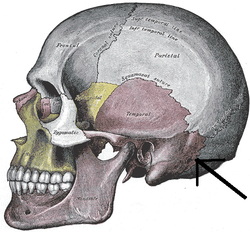
 This Exhibit Depicts The Anatomy Of The Inferior Skull Including
This Exhibit Depicts The Anatomy Of The Inferior Skull Including
Human Being Anatomy Skeleton Lateral View Of Skull Image
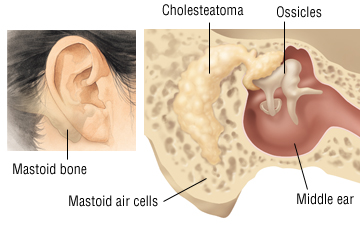 Chronic Otitis Media Cholesteatoma And Mastoiditis Harvard Health
Chronic Otitis Media Cholesteatoma And Mastoiditis Harvard Health
:background_color(FFFFFF):format(jpeg)/images/library/9490/skull-posterior-lateral-views_english.jpg) Posterior And Lateral Views Of The Skull Anatomy Kenhub
Posterior And Lateral Views Of The Skull Anatomy Kenhub
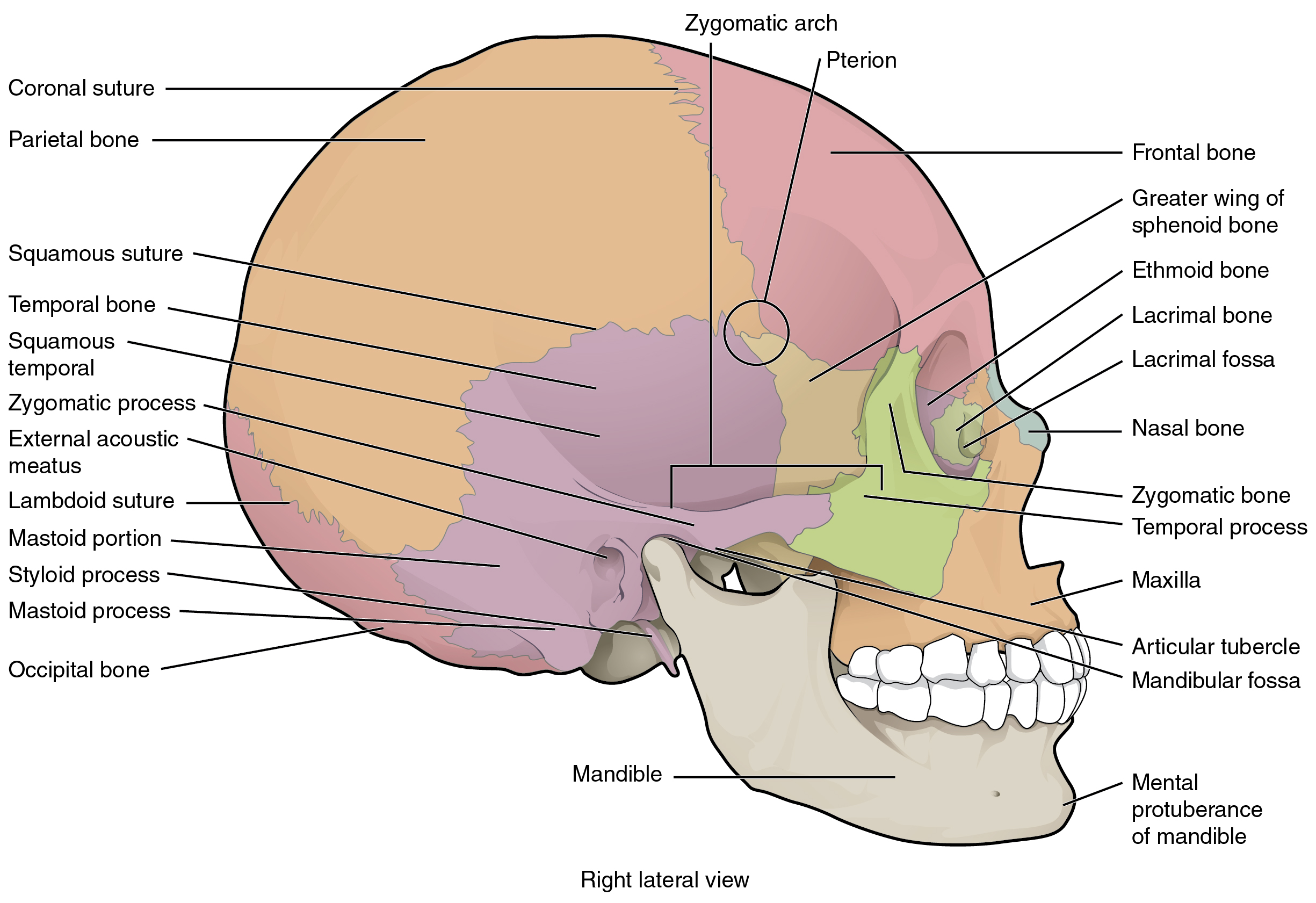 7 2 The Skull Anatomy And Physiology
7 2 The Skull Anatomy And Physiology
 Skull Diagrams These Bones Of Mine
Skull Diagrams These Bones Of Mine
 Mastoid Bone Picture Human Anatomy Study Pinterest Anatomy
Mastoid Bone Picture Human Anatomy Study Pinterest Anatomy
:background_color(FFFFFF):format(jpeg)/images/library/5471/e7edZa4izRPlbDSqDu4qA_digastric_muscle_posterior_belly.png.jpeg) Mastoid Process Anatomy Function Attachments Kenhub
Mastoid Process Anatomy Function Attachments Kenhub
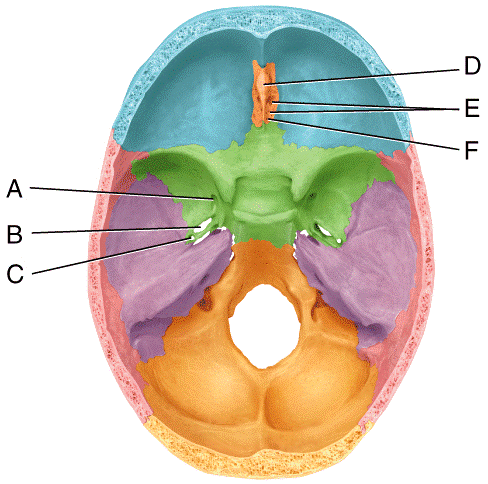 Print Multi Choice The Skeletal System The Axial Skeleton
Print Multi Choice The Skeletal System The Axial Skeleton
 The Skull Anatomy And Physiology I
The Skull Anatomy And Physiology I
 Bony Anatomy Of The Skull Ppt Video Online Download
Bony Anatomy Of The Skull Ppt Video Online Download
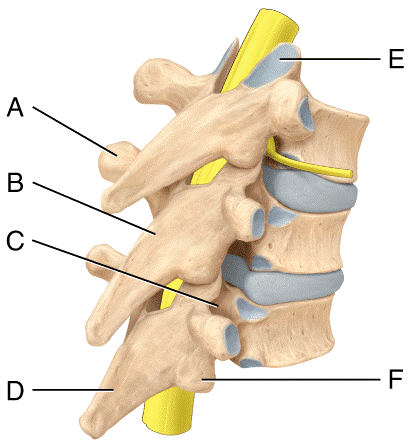 Print Multi Choice The Skeletal System The Axial Skeleton
Print Multi Choice The Skeletal System The Axial Skeleton

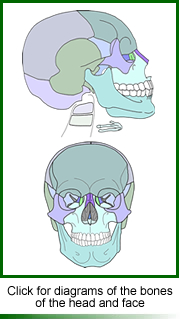
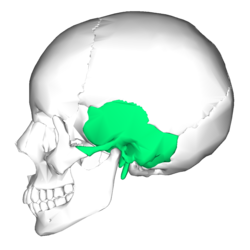
0 Response to "In The Diagram Where Is The Mastoid Process"
Post a Comment